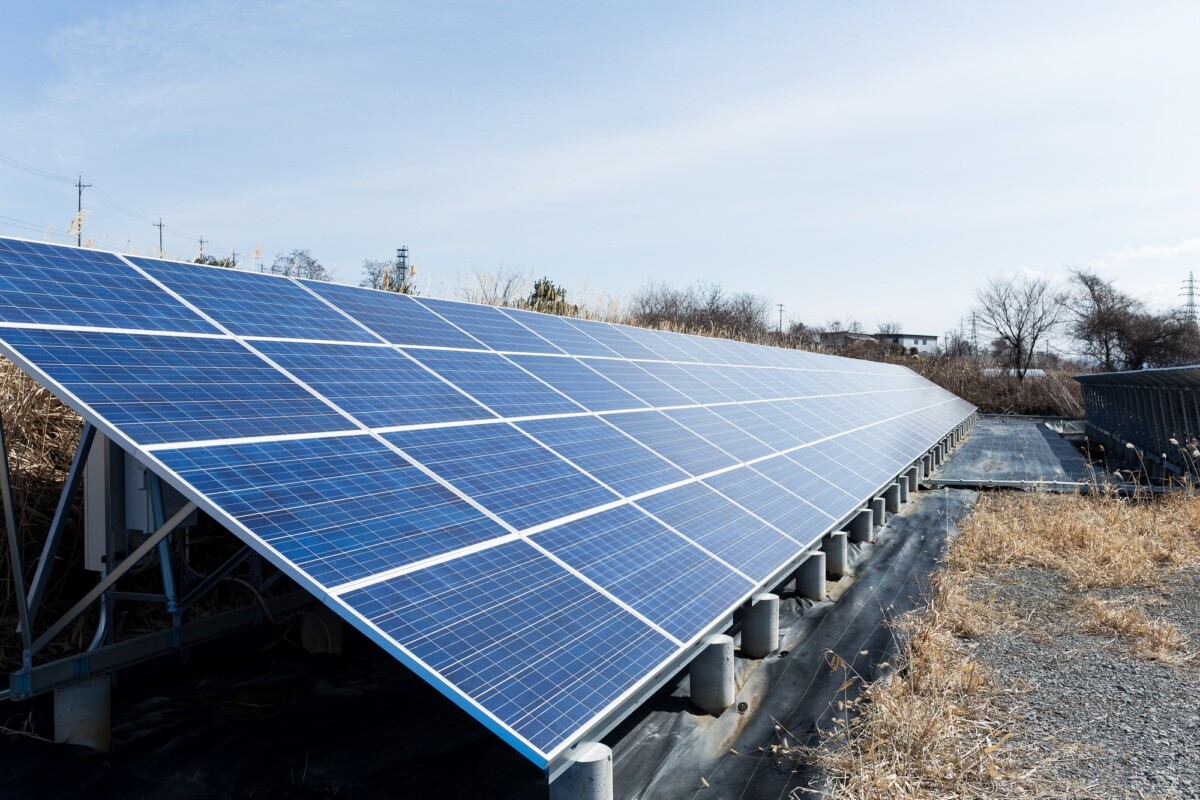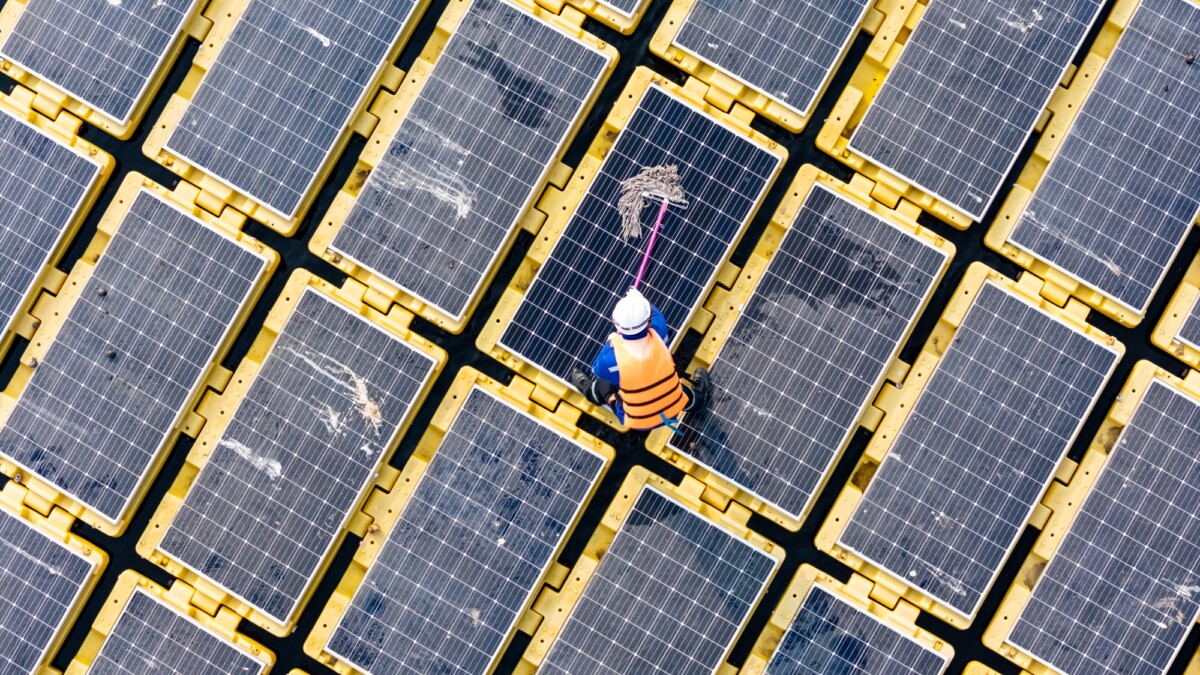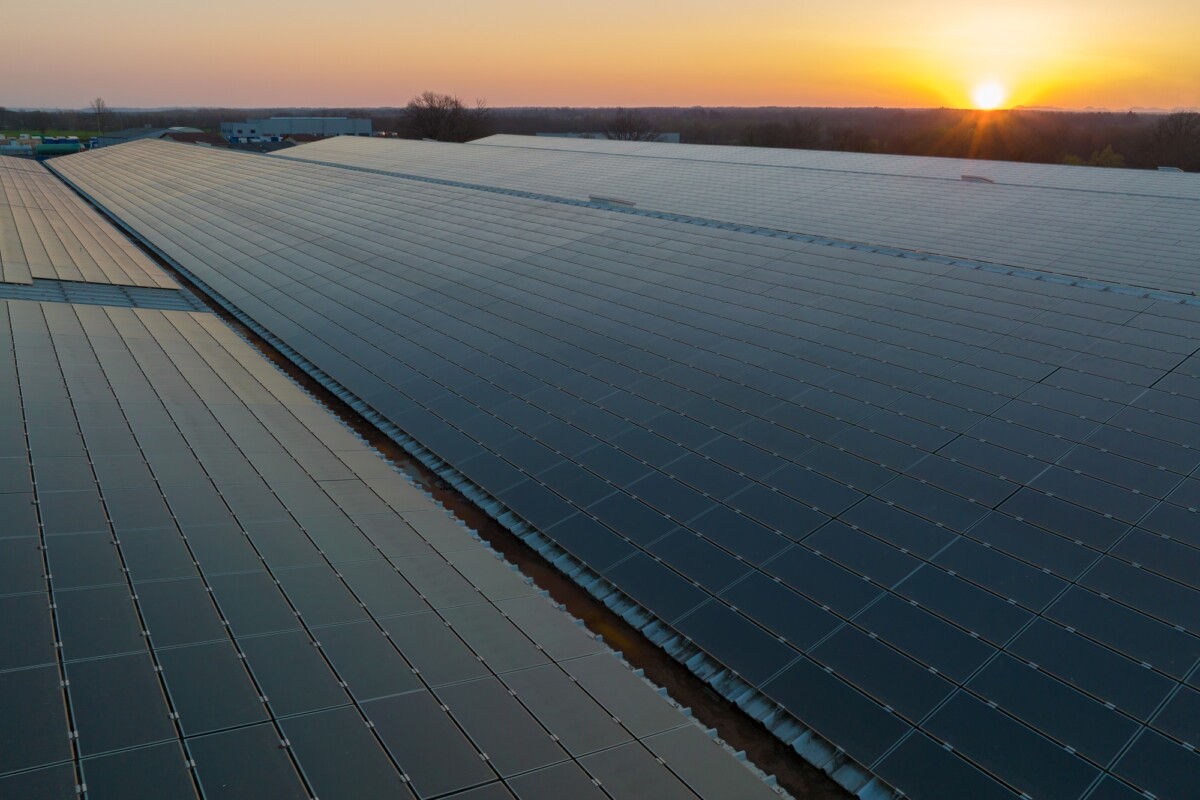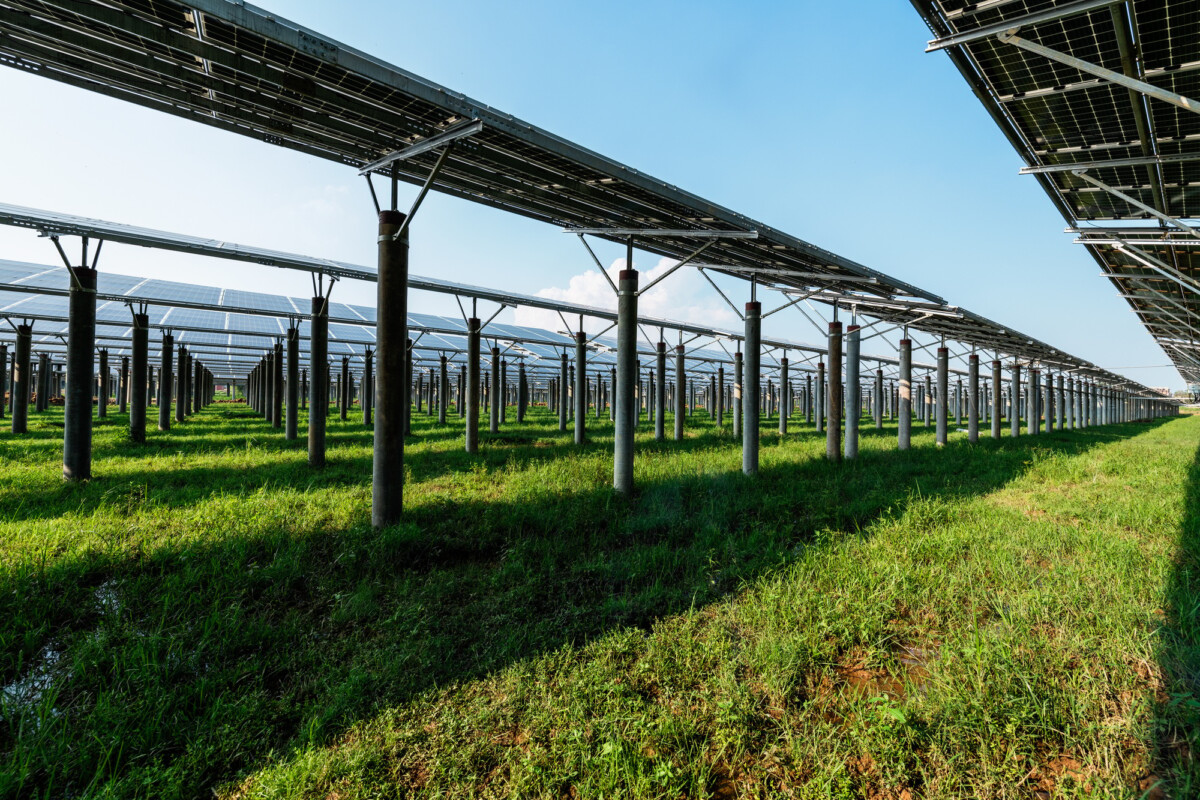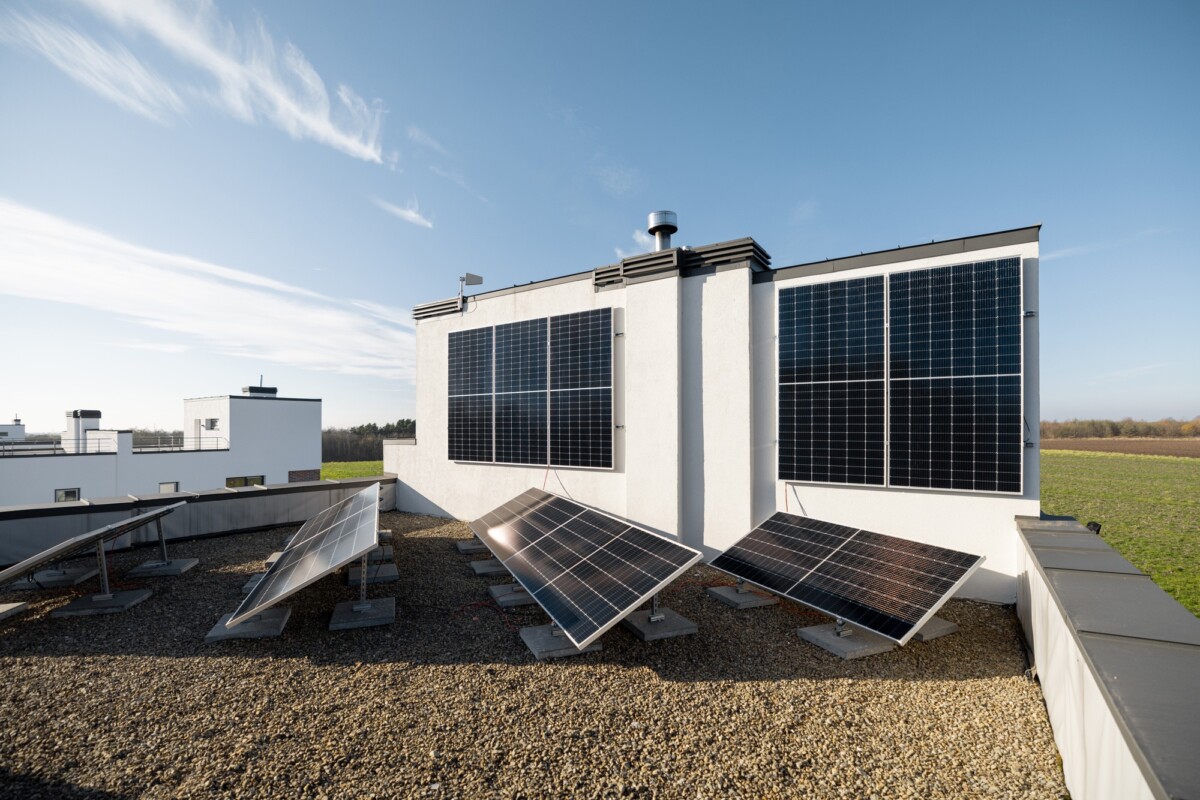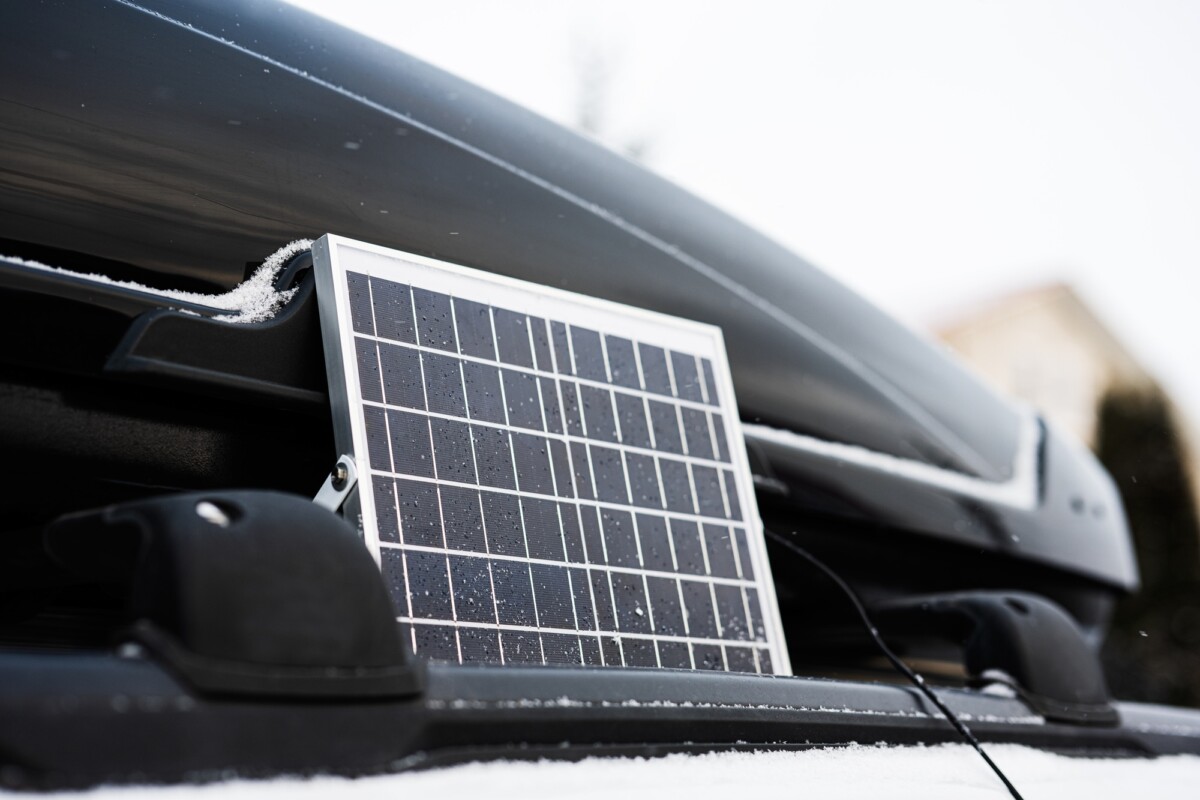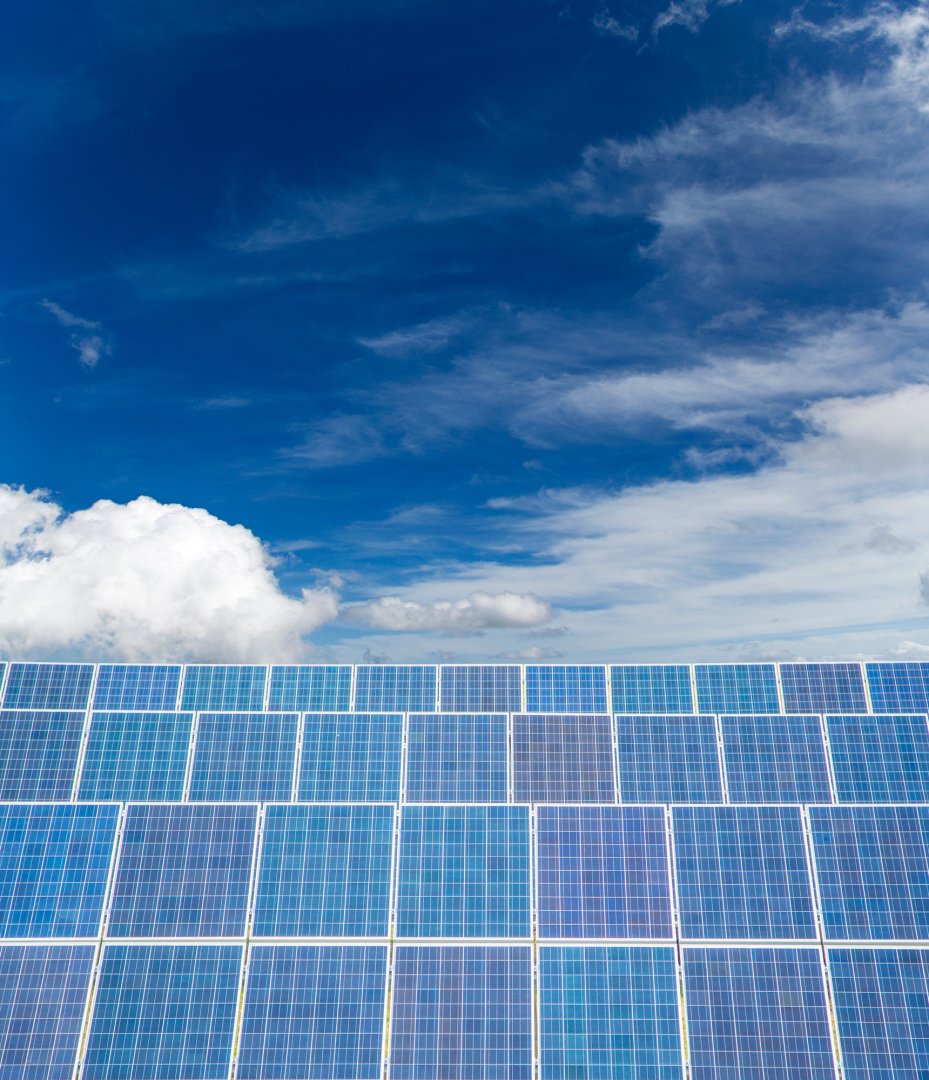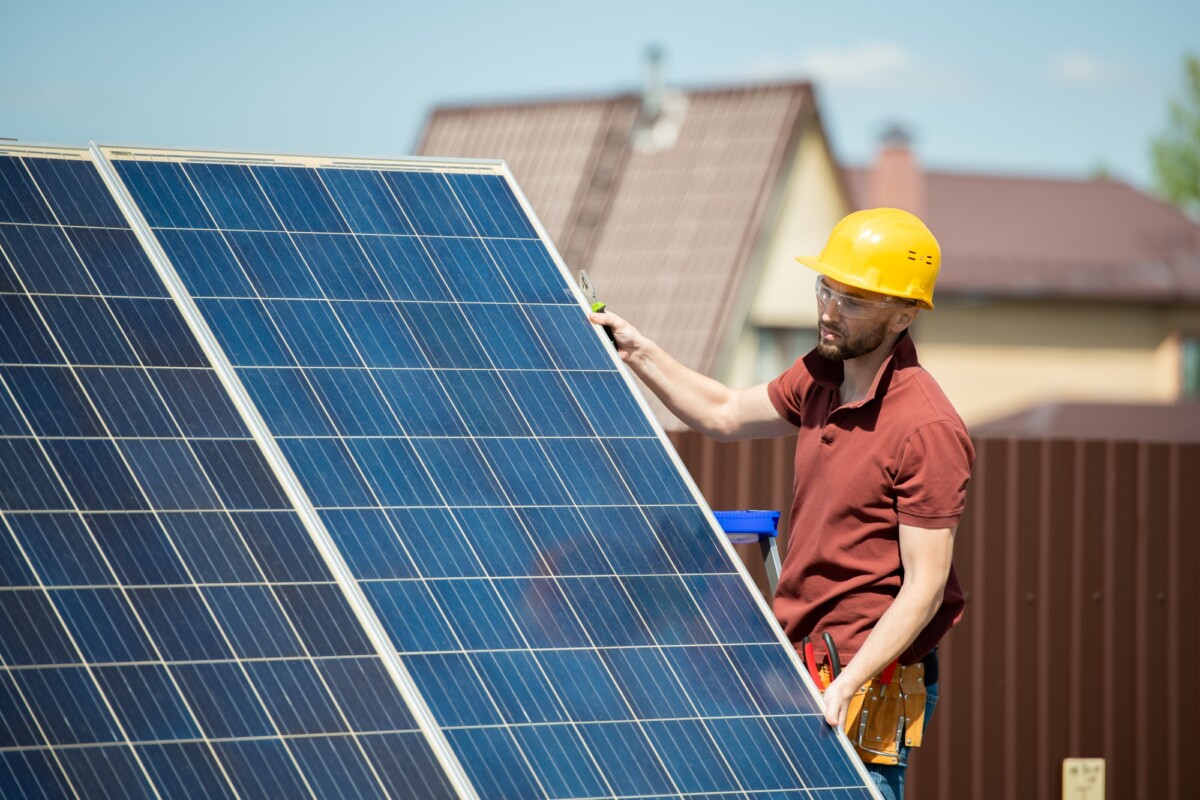Understanding the Basics: What Influences Installation Costs?
When considering a new installation, the first question that often comes to mind is, “How much does it cost to install?” This is a crucial question, as installation costs can vary widely based on several factors. Understanding these factors can help you budget effectively and avoid unexpected expenses. Let’s explore what influences these costs and how you can make informed decisions.
Type of Installation
The type of installation plays a significant role in determining costs. Whether it’s a home appliance, a security system, or a new HVAC unit, each requires different levels of expertise and materials. For instance, installing a complex system like central air conditioning will generally cost more than a simple appliance setup due to the labor and equipment involved.
Location and Accessibility
Where the installation takes place can also impact the cost. If the area is hard to reach or requires special equipment to access, expect higher costs. Urban areas might have higher labor rates compared to rural locations, affecting the overall expense.
- Urban vs. Rural Costs: Labor rates and material availability can vary.
- Accessibility Challenges: Difficult-to-reach areas may incur additional charges.
Additional Features and Customization
Adding extra features or opting for custom installations can increase costs. Customization often requires specialized skills and materials, leading to higher expenses. Consider what features are essential and which ones you can do without to manage your budget effectively.
Read Also: Solar Panels Needed for 1500 Sq Ft Home
By understanding these factors, you can better anticipate how much it will cost to install your desired system or appliance. This knowledge empowers you to plan financially and ensures you get the best value for your investment.
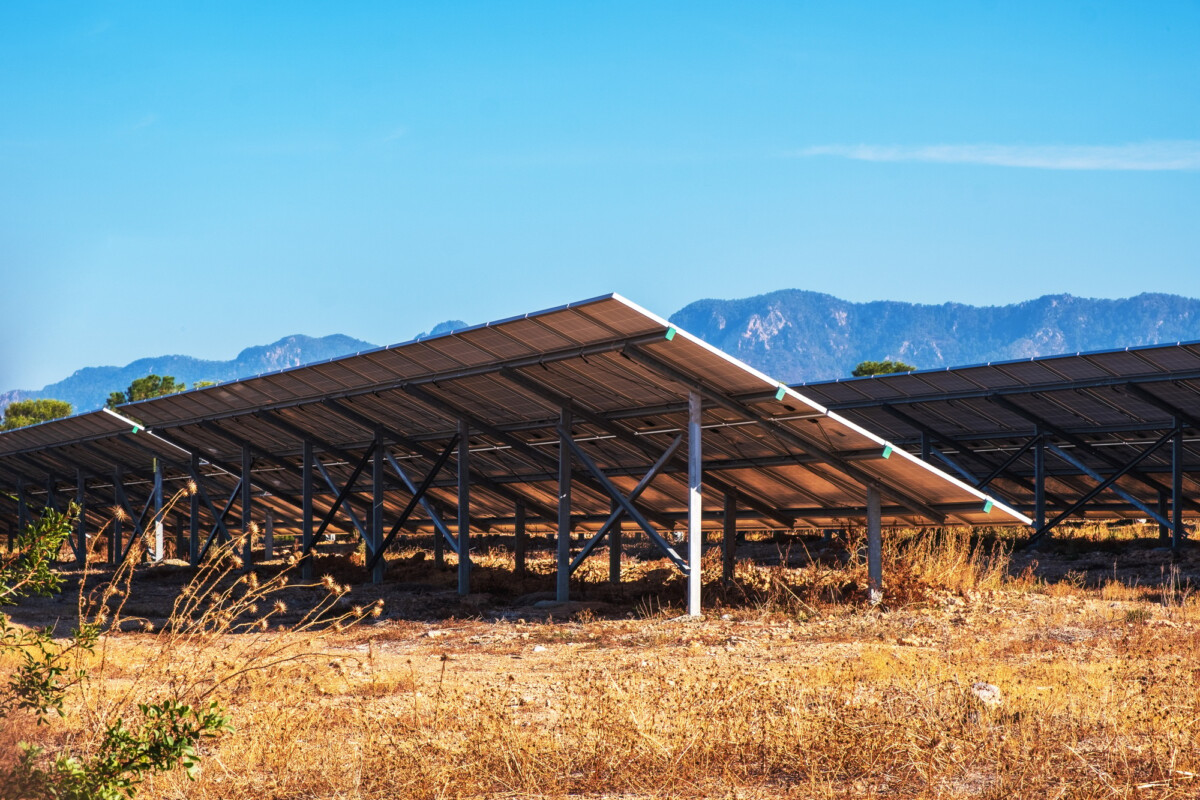
Ready to make the switch? Discover how solar power can lower your bills and boost your home’s efficiency. Get a Free Solar Estimate at FREE SOLAR POWER QUOTES
How Much Does It Cost To Install: A Room-by-Room Breakdown
Are you planning a home renovation and wondering, “How much does it cost to install?” You’re not alone. Many homeowners face the challenge of budgeting for installation costs, which can vary significantly from room to room. The good news is that understanding these costs can help you make informed decisions and avoid unexpected expenses.
Kitchen Installations
The kitchen is often the heart of the home, and its installation costs can reflect that. From cabinetry to countertops, expenses can add up quickly. Typically, installing kitchen cabinets can range from $3,000 to $8,000, while countertops might cost between $2,000 and $4,000.
Bathroom Installations
Bathrooms are another area where installation costs can vary. Installing a new bathtub can cost between $1,000 and $5,000, depending on the material and design. Additionally, a new vanity installation might set you back $500 to $2,500.
Living Room Installations
For living rooms, installation costs often focus on flooring and lighting. Hardwood flooring can range from $4,000 to $10,000, while installing new lighting fixtures might cost between $200 and $1,500. These installations can transform your space, adding both comfort and value.
By understanding the costs associated with each room, you can better plan your renovation budget and ensure a smooth installation process. Remember, the key to successful home improvement is preparation and informed decision-making.
Exploring Different Types of Installations and Their Costs
When considering a new installation, whether it’s a home appliance or a complex system, the first question that often comes to mind is: How much does it cost to install? This question is crucial as it influences budgeting and decision-making. Understanding the costs associated with different types of installations can help you plan effectively and avoid unexpected expenses.
Types of Installations
- Home Appliances: Installing appliances like dishwashers or washing machines typically ranges from $100 to $500, depending on the complexity and location.
- HVAC Systems: These installations can be more costly, often between $3,000 and $7,000, due to the need for professional expertise and equipment.
- Smart Home Devices: These installations are generally more affordable, with costs ranging from $50 to $200, depending on the device and integration level.
Factors Influencing Installation Costs
Several factors can influence how much it costs to install a particular system or appliance:
- Complexity: More complex installations require more time and expertise, increasing costs.
- Location: Urban areas may have higher labor costs compared to rural areas.
- Material Costs: The quality and type of materials used can significantly impact the overall cost.
By understanding these variables, you can better estimate and plan for your installation needs, ensuring a smooth and cost-effective process.
How Much Does It Cost To Install: Comparing DIY vs. Professional Services
Are you ready to tackle a new installation project but unsure about the costs involved? You’re not alone. Many homeowners face the dilemma of choosing between doing it themselves or hiring a professional. Understanding how much does it cost to install can help you make an informed decision that suits your budget and needs. Let’s dive into the cost comparison between DIY and professional services.
DIY Installation Costs
Opting for a DIY approach can be cost-effective, but it’s essential to consider all potential expenses:
- Materials and Tools: You might need to purchase or rent tools, which can add up.
- Time Investment: DIY projects often take longer, impacting your schedule.
- Potential Mistakes: Errors can lead to additional costs for repairs or replacements.
Professional Installation Costs
Hiring a professional might seem pricier upfront, but it offers several advantages:
- Expertise and Efficiency: Professionals bring experience, ensuring the job is done right the first time.
- Warranty and Support: Many services offer warranties, providing peace of mind.
- Time-Saving: Professionals complete installations faster, freeing up your time for other activities.
Ultimately, the choice between DIY and professional installation depends on your budget, skills, and time availability. By weighing the pros and cons, you can decide which option best fits your situation and how much it will cost to install your project.
Hidden Costs in Installation: What You Need to Know
When considering a new installation, the question “How Much Does It Cost To Install?” often comes to mind. While the initial price tag might seem straightforward, hidden costs can quickly add up, turning a seemingly affordable project into a financial burden. Understanding these hidden costs is crucial to avoid unpleasant surprises and ensure your budget aligns with reality.
Unforeseen Material Expenses
One common hidden cost is the additional materials required during installation. Whether it’s extra wiring, unexpected hardware, or specialized tools, these can inflate your budget. Always ask for a detailed list of materials from your installer to anticipate these expenses.
Labor and Time Overruns
Labor costs can also escalate if the project takes longer than expected. Delays due to unforeseen challenges or scheduling conflicts can increase hourly rates. It’s wise to discuss potential timeframes and contingencies with your installer upfront.
- Additional Permits and Fees: Some installations require permits, which can incur extra fees.
- Site Preparation: Clearing or preparing the site might not be included in the initial quote.
- Post-Installation Adjustments: Any necessary tweaks or fixes after the installation could add to the cost.
By being aware of these hidden costs, you can better answer the question, “How Much Does It Cost To Install?” and plan your project with confidence.
How Much Does It Cost To Install: Seasonal and Regional Variations
Are you curious about how much does it cost to install your desired home improvement project? You’re not alone. Many homeowners face the challenge of fluctuating installation costs, which can vary significantly based on the season and region. But don’t worry, understanding these variations can help you plan better and save money.
Seasonal Factors
- Winter Discounts: In colder months, demand for installation services often drops, leading to potential discounts.
- Summer Surge: Conversely, summer sees a spike in installation projects, which can drive up costs due to increased demand.
Regional Differences
- Urban vs. Rural: Urban areas might have higher installation costs due to increased labor rates and demand.
- Climate Impact: Regions with extreme weather conditions may incur additional costs for specialized materials or techniques.
Understanding how much does it cost to install based on these factors can empower you to make informed decisions. By considering both seasonal and regional variations, you can strategically plan your projects to align with your budget and timing preferences.
The Role of Materials in Installation Costs: What to Expect
When considering a new installation, one of the first questions that comes to mind is, How much does it cost to install? The answer isn’t straightforward, as the cost can vary significantly based on several factors. One of the most influential factors is the choice of materials. Understanding how materials impact installation costs can help you make informed decisions and avoid unexpected expenses.
Material Types and Their Impact
- Basic Materials: These are often more affordable and include options like standard tiles or basic wood. They can keep costs lower but may not offer the same durability or aesthetic appeal as premium materials.
- Premium Materials: High-end options like marble or exotic woods can significantly increase installation costs. They offer superior quality and aesthetics but come with a higher price tag.
Additional Costs to Consider
- Labor Costs: Premium materials often require specialized skills for installation, which can increase labor costs.
- Maintenance and Longevity: While premium materials may cost more upfront, they often require less maintenance and have a longer lifespan, potentially saving money in the long run.
By understanding the role of materials in installation costs, you can better anticipate the financial commitment involved and choose options that align with your budget and aesthetic preferences.
How Much Does It Cost To Install: Budgeting Tips and Tricks
Are you planning a new installation project but worried about the costs? You’re not alone. Many homeowners and businesses face the challenge of budgeting for installations, whether it’s a new HVAC system, flooring, or kitchen cabinets. The good news is, with the right approach, you can manage these expenses effectively. Let’s explore some practical tips and tricks to help you understand how much it costs to install and keep your budget in check.
Understanding Installation Costs
Before diving into any project, it’s crucial to understand the factors that influence installation costs. These can include:
- Material Costs: The type and quality of materials can significantly impact your budget.
- Labor Fees: Skilled labor can vary in price depending on expertise and location.
- Project Complexity: More complex projects often require more time and resources.
Tips for Budgeting Your Installation
To ensure you stay within budget, consider these strategies:
- Get Multiple Quotes: Always compare prices from different contractors to find the best deal.
- Plan for Contingencies: Set aside an extra 10-15% of your budget for unexpected expenses.
- Prioritize Needs Over Wants: Focus on essential elements first, and consider upgrades later.
By following these tips, you can gain a clearer picture of how much it costs to install and make informed decisions that align with your financial goals.
How Much Does It Cost To Install: Real-Life Case Studies and Examples
When planning a home improvement project, the question “How much does it cost to install?” often looms large. Many homeowners find themselves overwhelmed by the potential expenses and hidden fees. However, understanding real-life case studies can provide clarity and confidence. Let’s explore some examples to help demystify installation costs and guide your budgeting decisions.
Case Study 1: Kitchen Renovation
- Project Scope: Complete kitchen remodel including cabinets, countertops, and appliances.
- Location: Suburban area with moderate cost of living.
- Cost: Approximately $20,000 – $30,000.
- Factors Influencing Cost: Material choice, labor rates, and kitchen size.
Case Study 2: Bathroom Upgrade
- Project Scope: Installing a new bathtub, sink, and tiles.
- Location: Urban area with high labor costs.
- Cost: Around $10,000 – $15,000.
- Factors Influencing Cost: Complexity of plumbing work and tile quality.
Key Takeaways
- Material Selection: Opting for high-end materials can significantly increase costs.
- Labor Costs: Urban areas typically have higher labor rates.
- Project Complexity: More complex installations require specialized skills, impacting the overall cost.
By examining these real-life examples, you can better anticipate the question, “How much does it cost to install?” and plan your projects with confidence.
How FreeSolarPower Can Help You Save on Installation Costs
Are you wondering, “How much does it cost to install?” You’re not alone. Installation costs can be a significant concern for many homeowners and businesses. The good news is that FreeSolarPower is here to help you navigate these expenses effectively. We promise to provide you with strategies and solutions that can significantly reduce your installation costs without compromising on quality.
Understanding Installation Costs
Installation costs can vary widely depending on several factors such as the type of installation, the complexity of the project, and the materials required. It’s essential to understand these variables to make informed decisions. At FreeSolarPower, we offer detailed insights and guidance to help you assess your specific needs and budget accordingly.
- Type of Installation: Different installations, whether it’s HVAC systems, plumbing, or electrical, have unique cost structures.
- Project Complexity: More complex projects may require specialized skills, impacting the overall cost.
- Material Quality: Opting for high-quality materials can increase upfront costs but often leads to long-term savings.
Tips to Save on Installation Costs
FreeSolarPower provides several strategies to help you save on installation costs:
- Get Multiple Quotes: Always compare quotes from different service providers to ensure competitive pricing.
- Plan Ahead: Proper planning can prevent unexpected expenses and delays.
- Choose the Right Time: Off-peak seasons often offer better rates for installations.
By leveraging these tips and our expert advice, you can effectively manage and reduce your installation costs. Let FreeSolarPower be your trusted partner in achieving cost-effective and efficient installations.
FAQ
-
How much does it cost to install solar panels?
The average cost is $10,000–$30,000 before incentives, depending on system size. -
What factors affect solar installation costs?
Costs depend on system size, panel type, labor, permits, and incentives. -
Are there tax credits to reduce installation costs?
Yes, the federal solar tax credit (30%) and state incentives lower costs. -
How much does a 5kW solar system cost?
A 5kW system costs $12,000–$20,000 before incentives. -
Can financing options reduce upfront solar costs?
Yes, solar loans, leases, and power purchase agreements (PPAs) help reduce upfront costs.
Join the solar movement today! Thousands are already saving—claim your free consultation to get started. Schedule Your Free Consultation at FREE SOLAR POWER QUOTES
Interested in more options? Take a look at SOLAR ENERGY for tailored solar solutions that suit your home!


